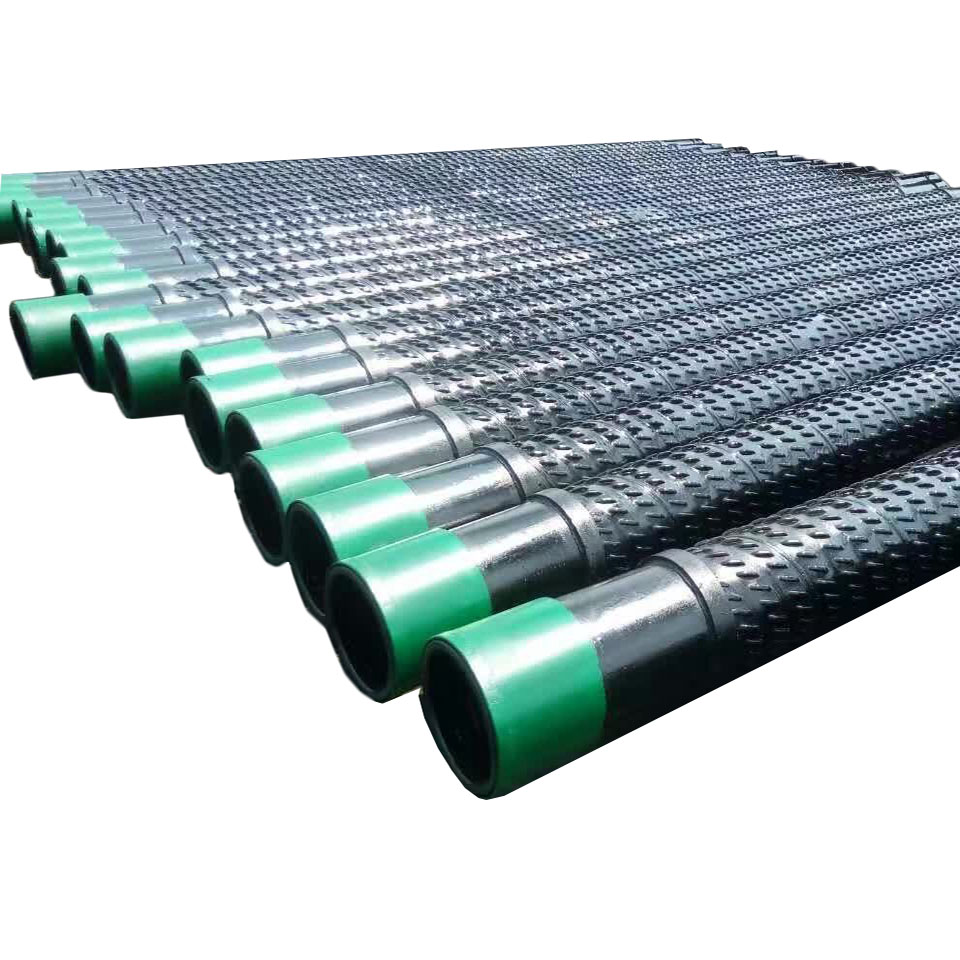Singapore and Futa Researchers Develop New Electrode Materials to Help Increase Lithium Ions
In recent years, electric vehicles have been highly praised for their environmental characteristics, but their shorter mileage has limited their further development compared with gasoline vehicles.
Recently, researchers such as Liu Zhaolin of the Institute of Materials and Engineering of the Singapore Science and Technology Research Institute and Yu Ai-shui of Fudan University in China have developed a new type of lithium ion electrode material to increase the capacity of lithium-ion batteries. Or will help the electric car to drive further. The related research results were published in the "Electrochemical Communication".
It is understood that the lithium-ion battery realizes charging and discharging processes by making lithium ions shuttle back and forth across the electrodes. For example, during charging, lithium ions are deintercalated from the anode material typically made of lithium cobalt oxide, penetrate the separator and the electrolyte, and are embedded in the cathode. Discharge is performed in the opposite process.
In general, the cathode of a lithium-ion battery is made of a graphite material filled with tiny pores. Previous studies have found that iron oxide materials allow the battery to have more capacity than graphite materials. However, the use of iron oxide materials as the cathode of the battery charging process is very slow, at the same time, this material after several charge and discharge cycles, it will be destroyed by lithium ions, thereby affecting the battery capacity.
In the latest study, Liu Zhaolin and Yu Aishui speculate that the charging process of batteries made from iron oxide nanoparticles may be much faster than that of iron oxide cathodes, because the pores of this nanomaterial are very suitable for lithium ion implantation. . And, these pores can also make corresponding changes with the insertion of lithium ions.
To test this idea, the researchers obtained iron oxide particles with a size of 5 nanometers, ie, α-Fe2O3, by heating iron nitrate in water. Then, they mixed these particles with the carbon black powder, fixed it with polyvinylidene fluoride, covered this mixture on the copper foil, and finally made the battery cathode.
Experiments show that in the first round of charge and discharge process, the conversion efficiency of using the new cathode battery is 75%~78% of the traditional battery, but after several rounds of charge and discharge, the efficiency of the new battery reaches 98% of the traditional battery.
In this regard, the researchers said that the efficiency of the battery will gradually increase, because in the previous rounds of charge and discharge process, iron oxide nanoparticles are broken down to the right size. And 98% of this data shows that the new battery has been very close to the current level of commercial lithium batteries.
Subsequent experiments showed that after about 230 cycles, the efficiency of the new battery still remained at about 97%. And it is gratifying that this battery has a capacity of 1009 mAh/g, which is almost three times higher than that of a traditional graphite cathode battery. At the same time, the new battery has not encountered the problem of degradation of other iron oxide cathode batteries.
At present, the team is optimizing the nano-synthesis process and is set to increase the conversion efficiency of the iron oxide nano-electrode in the initial cycle.
Screen Pipe
Screen pipe is a new type of corrugated plastic pipe with corrugated appearance formed by high density polypropylene (PPR) with other additives. The permeable corrugated pipe is formed by drilling holes in the grooves and processing polyester spun-bonded nonwoven geotextiles around the pipe.Widely usedin highway, railway subgrade, subway, soft foundation treatment engineering, waste landfill site, tunnel, greenbelt, sports field and slope protection caused by high water content, as well as agricultural and horticultural underground irrigation and drainage system.

application
1.Vertical and horizontal drainage and water transmission of expressway;
2. Vertical and horizontal drainage on the back of various retaining walls and side trenches of the expressway;
3. Drainage of tunnels and underground tunnels;
4. Municipal engineering, water purification plants, sewage plants, garbage dumps, etc.
5. Drainage of leisure green Spaces such as golf courses, sports fields and parks;
6. Soil and water conservation of slope development;
7. Underground drainage of land works;
8. Ultra-soft foundation treatment project.
advantage
1. High safety of drainage, and the orifice is not easily blocked, which ensures unimpeded water transmission system.
2. Compared with the soft spring drain pipe, the plastic is not easy to rust.
3. Organic combination of strength and flexibility
4. Compared with other drainage pipes of the same caliber, the price is lower.
Packaging Details
Plastic caps on both ends, Steel bundle, Woven bag or acc. to customers' request.
Delivery Time
15 days after receiving deposit
If you have any questions, please contact with us directly and welcome you can visit our Factory.
Screen Pipe
Pipe Screens,Oil Screen Pipe,Slotted Screen Pipe,Fock Oil Composite Sand Screen
HEBEI CHENGYUAN PIPE INDUSTRY GROUP CO.,LTD , https://www.hbcytube.com